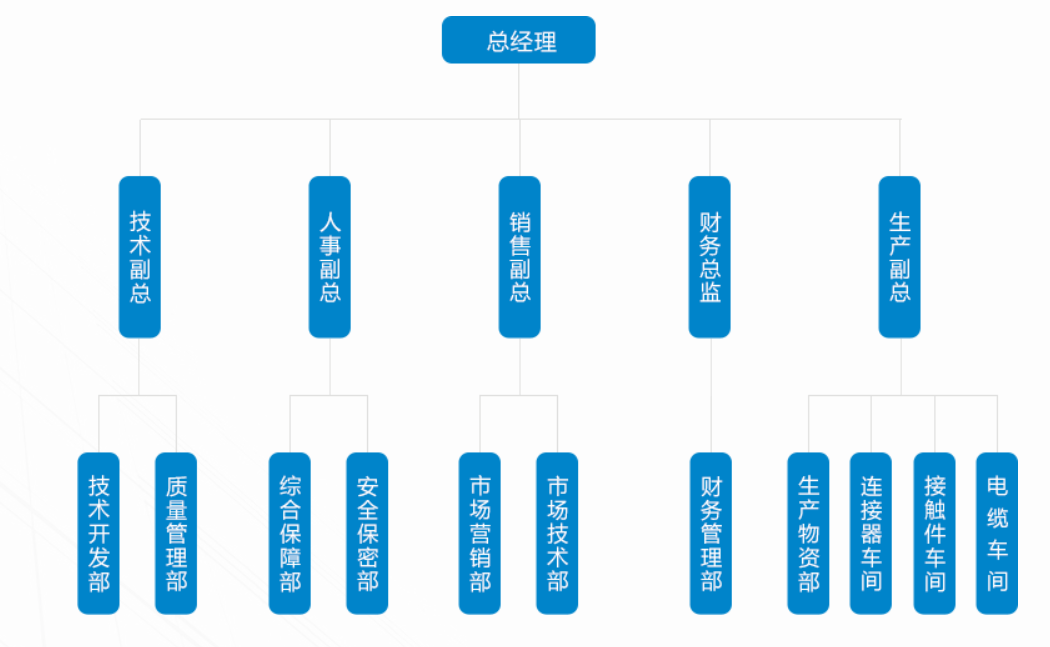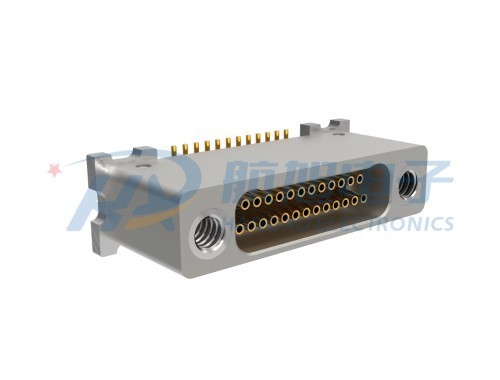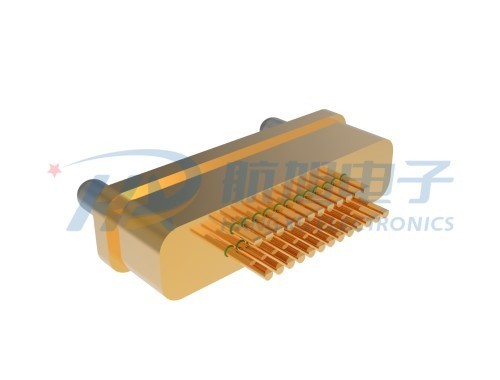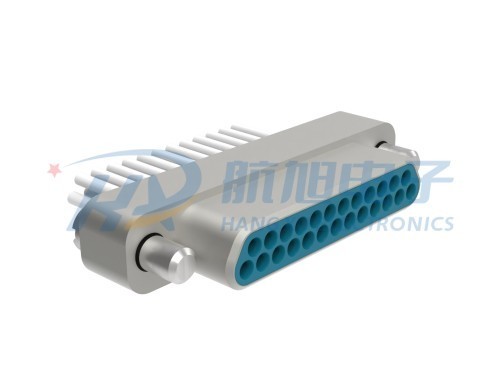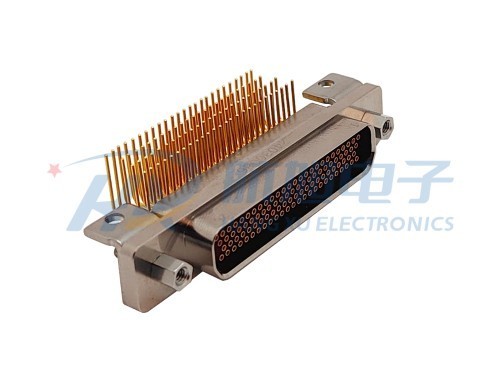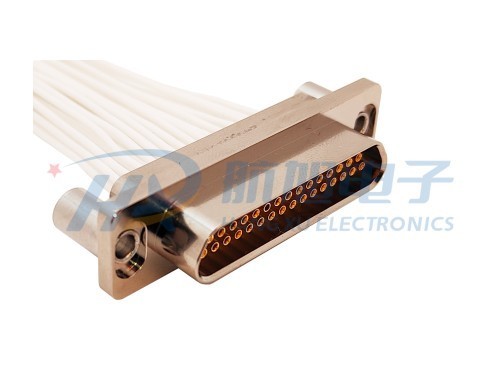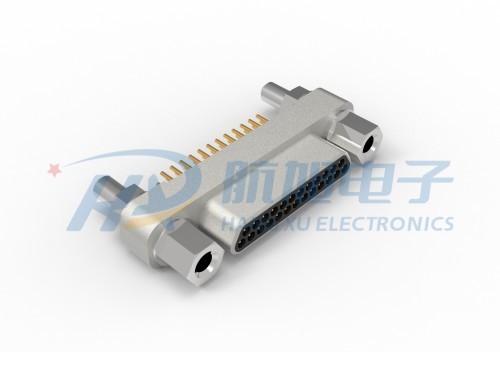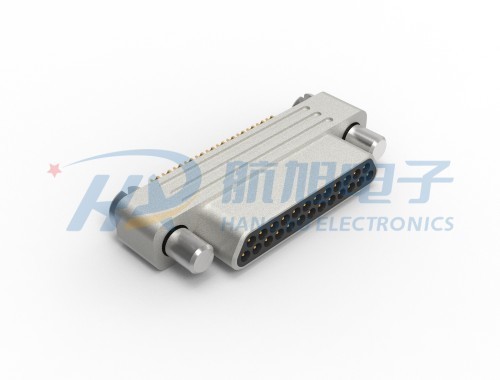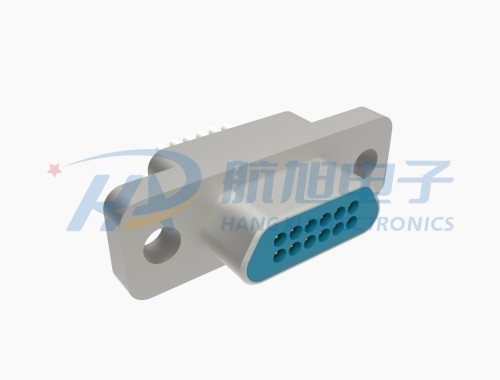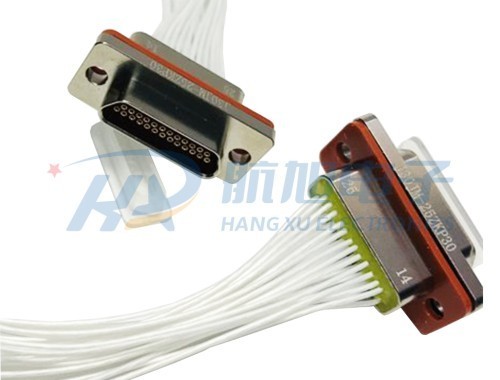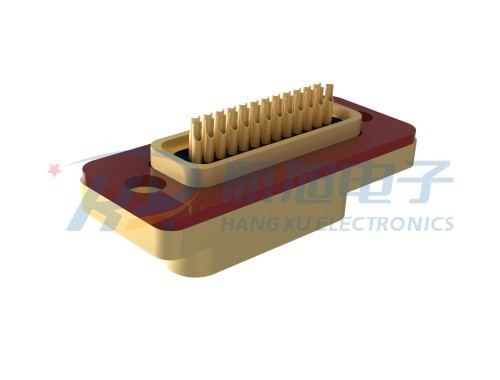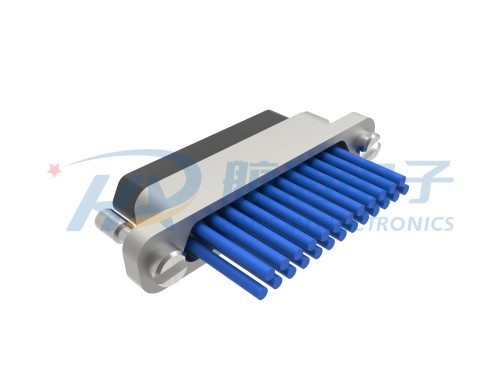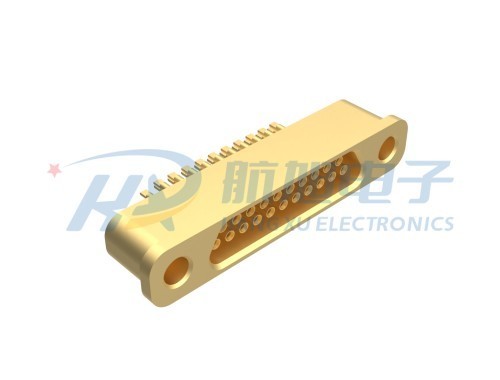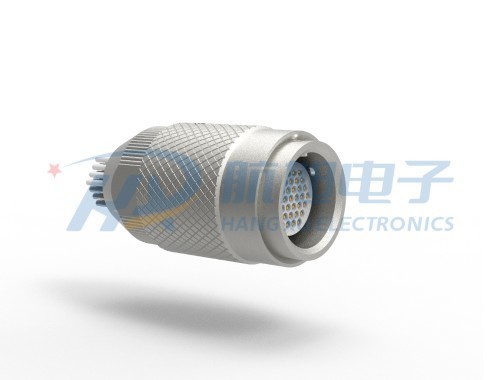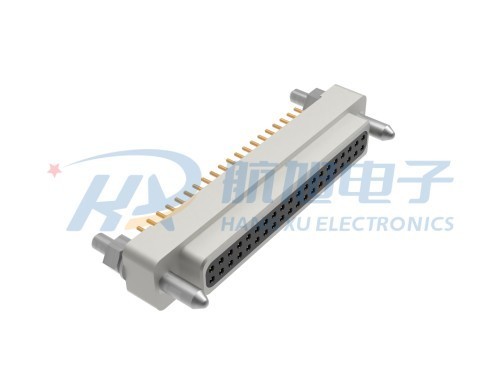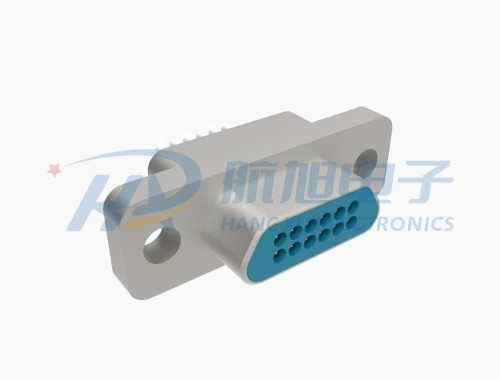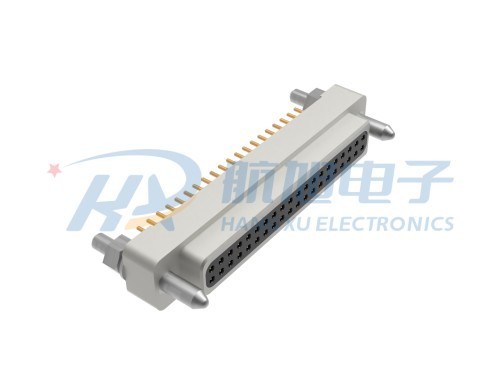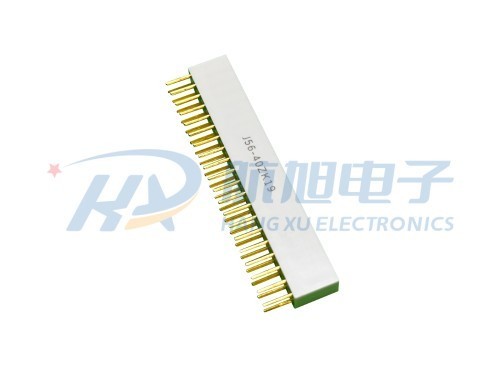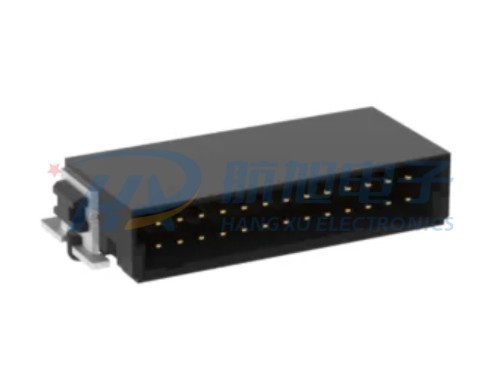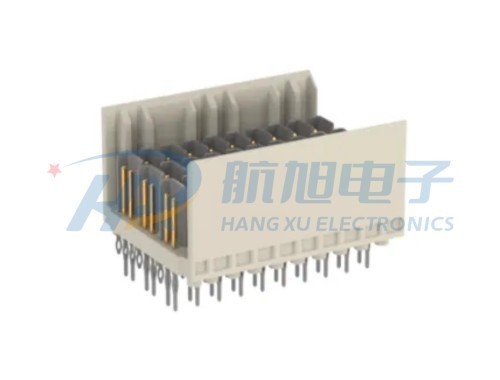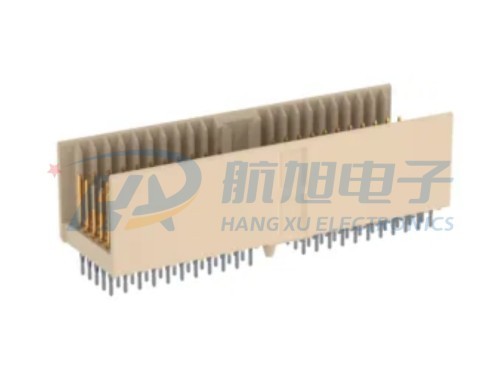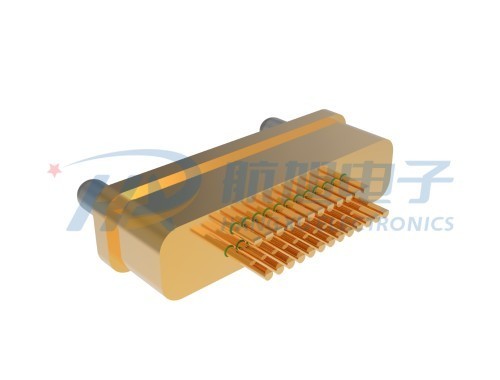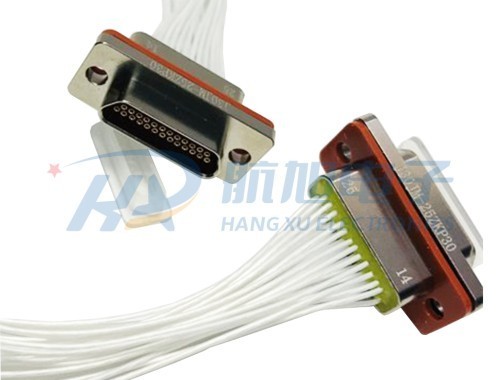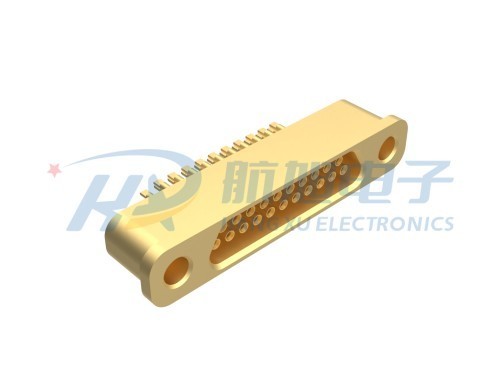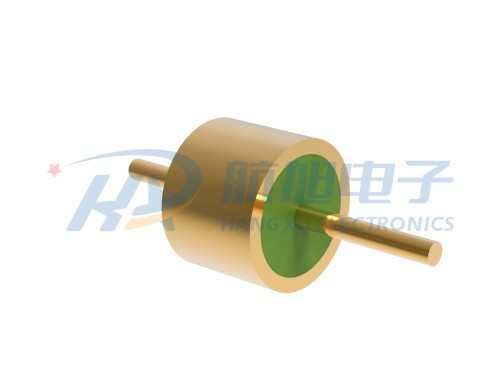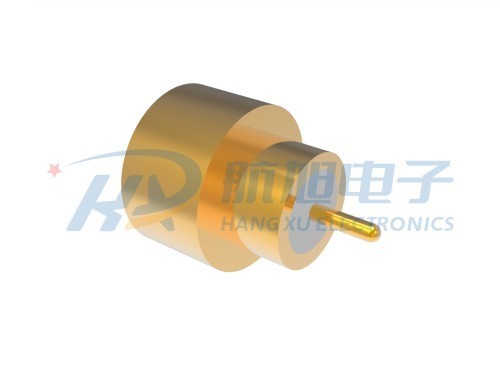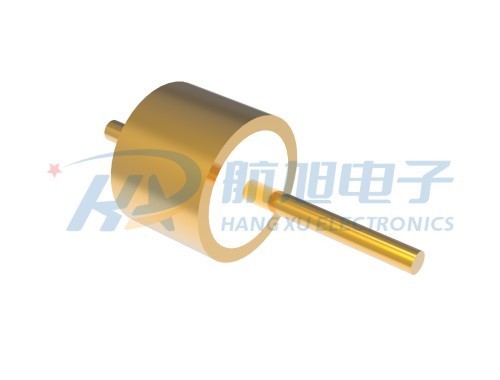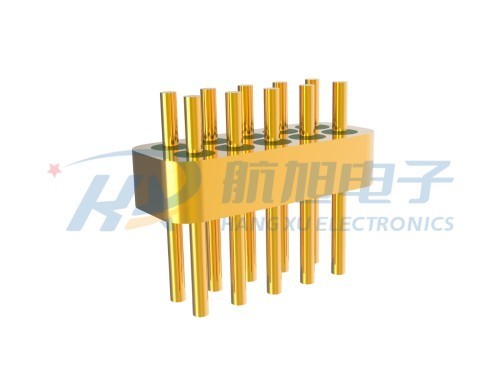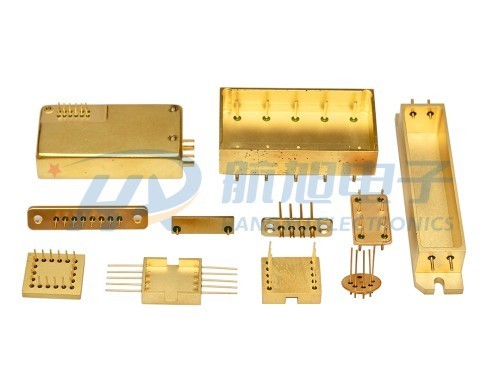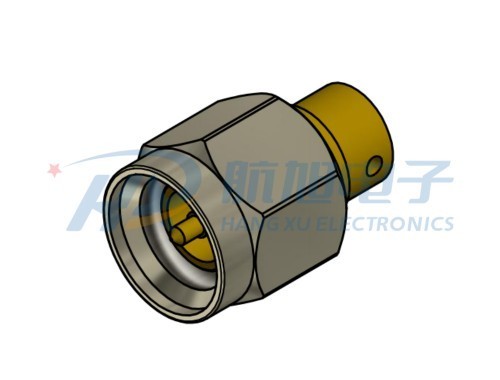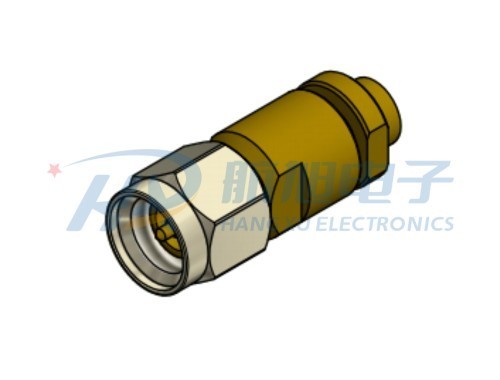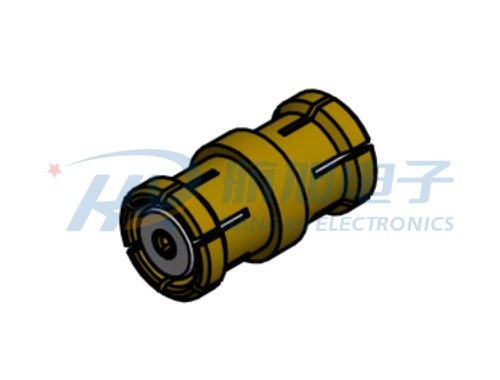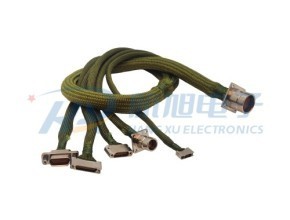Why RF Connectors Are Critical for Reliable Signal Transmission
2025-08-04
Why RF Connectors Are Critical for Reliable Signal Transmission
In today’s fast-paced and technology-driven world, the need for effective communication systems is more critical than ever. **Radio Frequency (RF) connectors** serve as the unsung heroes of reliable signal transmission, enabling seamless communication in various applications ranging from telecommunications to aerospace. This article delves deep into the importance of RF connectors, highlighting their types, functions, and the pivotal role they play in ensuring signal integrity.
Table of Contents
- What Are RF Connectors?
- The Importance of Reliable Signal Transmission
- How Do RF Connectors Work?
- Types of RF Connectors
- Applications of RF Connectors
- Factors Affecting Signal Reliability
- Best Practices for RF Connector Installation
- Future Trends in RF Connectors
- Conclusion
- FAQs
What Are RF Connectors?
RF connectors are specialized electrical connectors designed to work at radio frequencies, typically in the range of **3 kHz to 300 GHz**. These connectors facilitate the transfer of RF signals between devices and components, ensuring minimal loss and interference. They are critical in applications requiring high-frequency signal transmission, such as mobile communication, satellite systems, and broadcasting.
The Importance of Reliable Signal Transmission
Reliable signal transmission is paramount in various industries. Poor signal integrity can lead to data loss, reduced performance, and even catastrophic failures in mission-critical applications. RF connectors play a vital role in maintaining the quality of signal transmission by minimizing reflections and ensuring a stable connection. Without high-quality RF connectors, devices may experience increased noise levels, signal degradation, and operational inefficiencies.
How Do RF Connectors Work?
RF connectors operate by establishing a physical and electrical connection between transmission lines and devices. The design of RF connectors allows for a secure connection that can withstand environmental factors such as vibration and temperature fluctuations. The operation of an RF connector involves several key principles:
1. Impedance Matching
RF connectors are designed to match the impedance of the cables and devices they connect, usually **50 ohms or 75 ohms**. Proper impedance matching is crucial to minimize signal reflection and loss, ensuring efficient transmission.
2. Signal Integrity
High-quality RF connectors maintain signal integrity by preventing interference from external sources. Their design minimizes contact resistance and enhances the overall performance of the system.
3. Durability
RF connectors are built to endure harsh environments. They are typically made of robust materials that resist corrosion and mechanical wear, ensuring longevity and reliability in demanding applications.
Types of RF Connectors
Understanding the various types of RF connectors is essential for selecting the right one for your application. Below, we discuss some of the most common types:
Coaxial Connectors
Coaxial connectors are among the most widely used RF connectors. They consist of a central conductor surrounded by an insulating layer and an outer conductor, providing excellent shielding against interference. Examples include **BNC, N-type, and TNC connectors**.
Micro Miniature Connectors
Micro miniature connectors, such as **MCX and MMCX connectors**, are designed for applications with space constraints. They offer high performance in a compact form factor, making them ideal for mobile devices and small electronics.
Subminiature Connectors
Subminiature connectors, including the **SMA and SMB connectors**, are commonly used in high-frequency applications. They provide reliable performance and are often used in laboratory equipment and telecommunications.
Applications of RF Connectors
RF connectors are utilized across various industries, showcasing their versatility and importance. Some key applications include:
- Telecommunications: RF connectors are essential in cellular networks, enabling mobile communication and data transfer.
- Broadcasting: Radio and television broadcasting rely on RF connectors for signal transmission between broadcast towers and receivers.
- Aerospace: RF connectors are critical in aviation communication systems, ensuring reliable signal transmission in aircraft.
- Medical Devices: RF connectors are used in medical imaging and diagnostic equipment, where signal integrity is crucial for accurate results.
- Military Applications: RF connectors are employed in military communication systems, where reliability and durability are essential.
Factors Affecting Signal Reliability
Several factors can influence the reliability of signal transmission through RF connectors:
1. Environmental Conditions
External factors such as temperature, humidity, and exposure to chemicals can impact the performance of RF connectors. Selecting connectors designed for specific environmental conditions is crucial for maintaining signal reliability.
2. Connector Quality
The quality of the RF connector itself significantly affects signal performance. High-quality connectors minimize insertion loss and reflections, ensuring efficient signal transmission.
3. Installation Techniques
Improper installation can lead to signal degradation. It is essential to follow best practices for installation, including correct torque specifications and alignment, to ensure optimal performance.
Best Practices for RF Connector Installation
Ensuring the reliable performance of RF connectors begins with proper installation. Here are some best practices to follow:
1. Clean Connections
Before connecting RF connectors, make sure that the contact surfaces are clean and free of debris. Contaminants can lead to increased resistance and signal loss.
2. Use the Right Tools
Utilizing appropriate tools for installation ensures that connectors are securely fastened without damaging the components. Torque wrenches and connector installation kits can help achieve proper connections.
3. Test Signal Integrity
After installation, testing the signal integrity is essential. Using network analyzers can help identify any issues related to signal reflection, insertion loss, or other performance metrics.
Future Trends in RF Connectors
The evolution of technology continues to influence the design and application of RF connectors. Some emerging trends include:
1. Miniaturization
As electronic devices become smaller, the demand for compact RF connectors is increasing. Future designs will likely focus on minimizing size while maximizing performance.
2. Enhanced Materials
Advancements in materials science are leading to the development of connectors that offer improved durability and signal integrity. Innovative materials can enhance resistance to environmental factors and mechanical stress.
3. Integration with Smart Technologies
With the rise of IoT and smart technologies, RF connectors are expected to integrate more seamlessly with smart devices, further enhancing their functionality and reliability.
Conclusion
RF connectors play a crucial role in ensuring reliable signal transmission across various applications. Their ability to maintain signal integrity while withstanding environmental challenges makes them indispensable in modern communication systems. Understanding the types, functions, and best practices for installation of RF connectors is essential for anyone looking to optimize performance in electrical and electronic projects. As technology continues to evolve, the role of RF connectors will remain pivotal in advancing communication systems, ensuring that signal integrity is maintained for years to come.
FAQs
1. What is the primary function of RF connectors?
The primary function of RF connectors is to facilitate the transfer of radio frequency signals between devices while minimizing signal loss and interference.
2. How do I choose the right RF connector for my application?
Choosing the right RF connector depends on factors such as frequency range, impedance matching, environmental conditions, and size constraints.
3. Can RF connectors be reused?
RF connectors can be reused, but it is essential to inspect them for wear and damage. Proper cleaning and handling can prolong their lifespan.
4. What is impedance matching in RF connectors?
Impedance matching ensures that the impedance of the RF connector matches that of the cables and devices it connects, minimizing signal reflection and loss.
5. How can I ensure the reliability of my RF connections?
To ensure reliable RF connections, follow best practices for installation, use high-quality connectors, and regularly test signal integrity to identify potential issues.
Related Documents
Related News




